What Types of Material Handling Equipment are Commonly Used in Warehouses?
Material handling equipment plays a crucial role in the smooth and efficient operation of warehouses.
It enables the safe and effective movement, storage, and control of goods, reducing labor costs, improving productivity, and ensuring workplace safety. This guide explores the most commonly used material handling equipment, including lifting clamps, vacuum lifters, scissor lifters, and more, to help warehouse operators choose the right equipment for their needs.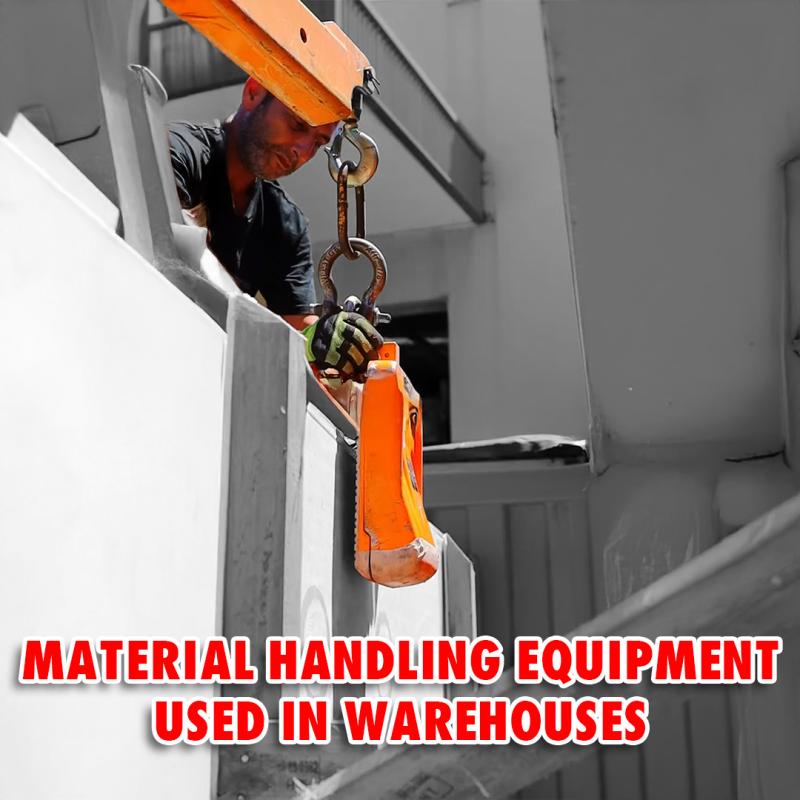
Understanding Material Handling Equipment
Material handling refers to the movement, protection, storage, and control of materials throughout the manufacturing, warehousing, distribution, consumption, and disposal stages. In warehouses, material handling equipment (MHE) allows operators to move, store, and manage inventory more efficiently, preventing damage to goods and minimizing human effort. There are several types of material handling equipment available, each designed for specific tasks.
Why is Material Handling Equipment Important?
The main goals of material handling are:
-
Improved Efficiency: Reduces time spent moving materials by automating and streamlining operations.
-
Safety: Prevents injuries caused by manual lifting and moving of heavy loads.
-
Cost Reduction: Minimizes operational costs by enhancing workflow and reducing manual labor.
Types of Material Handling Equipment Used in Warehouses
When choosing material handling equipment for a warehouse, it’s essential to understand the specific functions of various types of equipment and how they can enhance operational efficiency.
Lifting Clamps: Versatile and Reliable
Lifting clamps are widely used to handle materials like steel, concrete, and slabs. They are designed to clamp onto the material securely and lift it without causing damage. These clamps come in various models to accommodate different types of material, such as Aardwolf Scissor Lifting Clamps, which are designed for lifting concrete slabs and other heavy materials. Aardwolf scissor lifting clamps are a great example of a versatile tool used in warehouses and construction sites for handling materials with a secure grip.
Advantages of Lifting Clamps:
-
Secure grip on materials, preventing slippage
-
Adjustable sizes to handle different types of materials
-
Easy to use and versatile for various warehouse operations
Vacuum Lifters: Handling Fragile and Heavy Loads
Vacuum lifters are essential for handling delicate or heavy items such as glass, stone slabs, or metal sheets. These lifters use suction to lift materials, which reduces the risk of damage and makes it easier to handle fragile items. For example, the Aardwolf Slab Lifter is a popular vacuum lifter model used in warehouses that handle stone slabs and similar materials. Aardwolf slab lifters allow for smooth handling of heavy slabs with a minimal risk of damage, enhancing both safety and efficiency.
Benefits of Vacuum Lifters:
-
Ideal for lifting fragile and heavy items
-
Reduces physical strain on workers
-
Increases handling speed and safety
Scissor Lifters: Elevating Heavy Loads with Ease
Scissor lifters are an excellent choice for lifting materials to elevated heights. These lifts use a scissor mechanism to raise and lower loads and are often used to elevate heavy goods in a controlled and safe manner. The Aardwolf scissor clamp lifter is an example of a scissor lifter that combines lifting and clamping capabilities. Aardwolf scissor lifting clamps can be used to lift and move large, heavy items within warehouses or factories.
Advantages of Scissor Lifters:
-
Ability to lift heavy loads with ease
-
Compact design for easy storage and maneuvering
-
Great for high-reach areas
Ratchet Tie-Down Straps: Secure and Control Loads
Ratchet tie-down straps are commonly used to secure materials during transportation or storage, ensuring they remain stable and undamaged. These straps are particularly useful when moving goods across longer distances or when loading heavy items onto trucks. Properly securing materials by choosing right heavy-duty ratchet straps which are essential for preventing damage during handling.
Benefits of Ratchet Tie-Down Straps:
-
Easy to use and secure heavy loads
-
Helps prevent damage during transport
-
Available in various sizes to accommodate different load sizes
Gantry Cranes: Versatile Lifting Solutions for Large Loads
Gantry cranes are widely used for lifting and moving large, heavy loads across a warehouse. These cranes can be mounted on rails or operated as portable units, offering flexibility in how they can be used. Portable gantry cranes options are particularly advantageous in warehouses where space is limited and flexibility is key. These cranes can be moved to different areas of the warehouse to assist with lifting tasks, providing efficient and safe handling of heavy materials.
Advantages of Gantry Cranes:
-
Can be used to lift extremely heavy loads
-
Versatile, with options for permanent or portable use
-
Suitable for a wide range of warehouse operations
Jib Cranes: Precision Handling for Small to Medium Loads
Jib cranes are a popular option for warehouses with tight spaces or for lifting smaller loads. They are typically wall-mounted or floor-mounted and offer precise control over the lifting process. Jib cranes wall-mounted solutions are often used for smaller, lighter materials that need to be lifted and moved with precision.
Benefits of Jib Cranes:
-
Ideal for lifting smaller loads with high precision
-
Space-saving design for smaller warehouses
-
Wall-mounted options available for added flexibility
How to Choose the Right Material Handling Equipment
Choosing the right material handling equipment for your warehouse depends on several factors, including the type of materials being handled, the volume of goods, available space, and budget. Here are a few steps to help you select the appropriate equipment:
1. Assess the Types of Materials to Be Handled
Consider the size, weight, and fragility of the materials in your warehouse. For example, heavy machinery might require a gantry crane or vacuum lifter, while smaller items might be more suited to a scissor lift or jib crane.
2. Evaluate the Warehouse Space
The available space in your warehouse will determine the type of equipment that can be used. If space is limited, consider portable options like portable gantry cranes or jib cranes that can be moved to different areas.
3. Consider Operational Efficiency
Ensure that the equipment you select enhances the efficiency of your material handling operations. For example, using a vacuum lifter for heavy or fragile items can reduce the time needed for lifting and minimize the risk of damage.
4. Factor in Safety and Training
Make sure that all operators are properly trained in using the material handling equipment. This will ensure that safety protocols are followed, reducing the risk of injury and damage to materials.
5. Budget and Maintenance
Material handling equipment comes with varying costs, and it’s essential to consider not just the upfront cost but also the ongoing maintenance and repair costs.
For further guidance on how to choose the right equipment for your warehouse, read this informative article: how material-handling operations works
Conclusion
Material handling equipment plays a critical role in improving warehouse efficiency, safety, and productivity. Whether you need lifting clamps, vacuum lifters, scissor lifts, or gantry cranes, selecting the right equipment for your warehouse can make a significant impact on your operations. By understanding the different types of material handling equipment available and following best practices for selection and usage, you can optimize your warehouse operations and improve your bottom line.
Explore more material handling equipment options with Aardwolf to improve your warehouse operations, and ensure a safer, more efficient working environment.













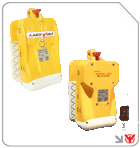

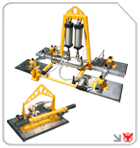
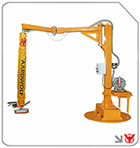
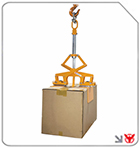
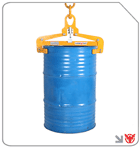

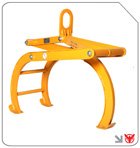

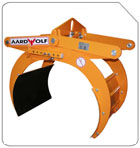
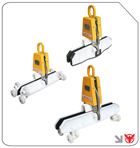

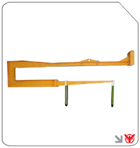
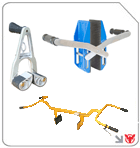
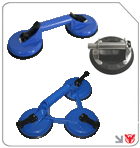

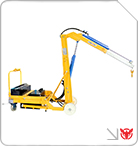

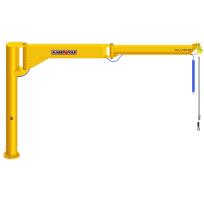
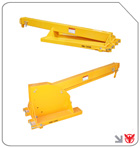
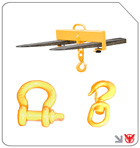
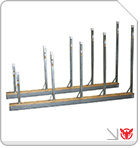
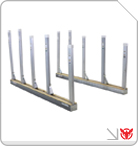
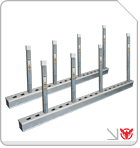



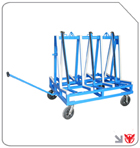

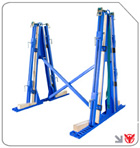
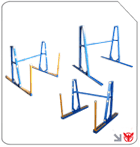
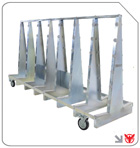
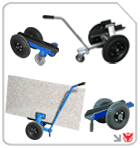


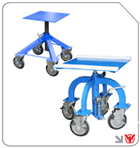




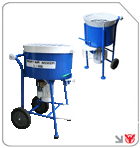

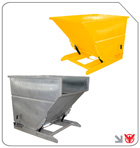

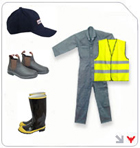
Follow us on: